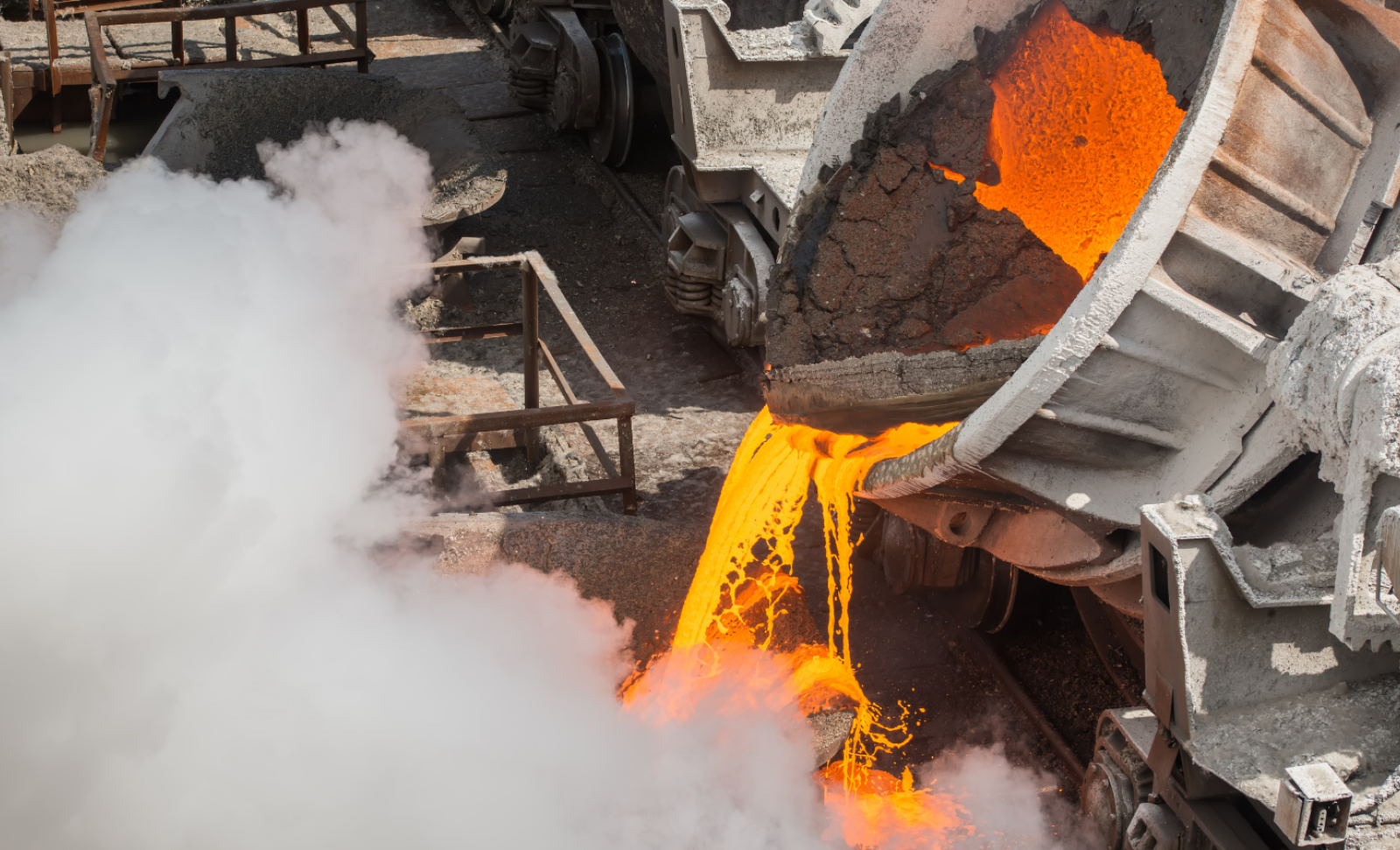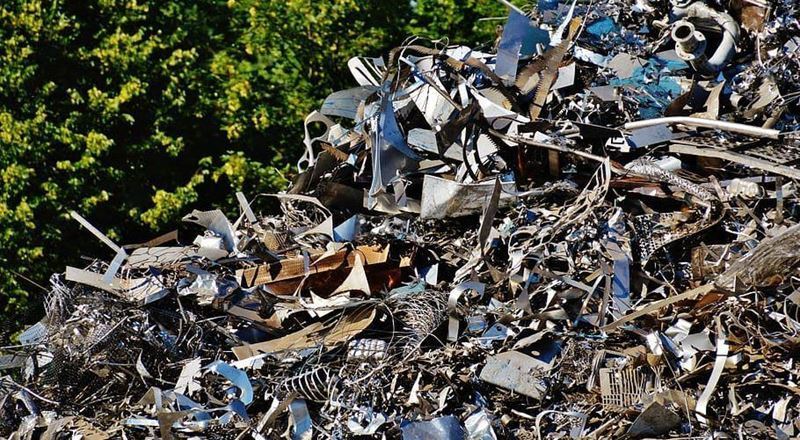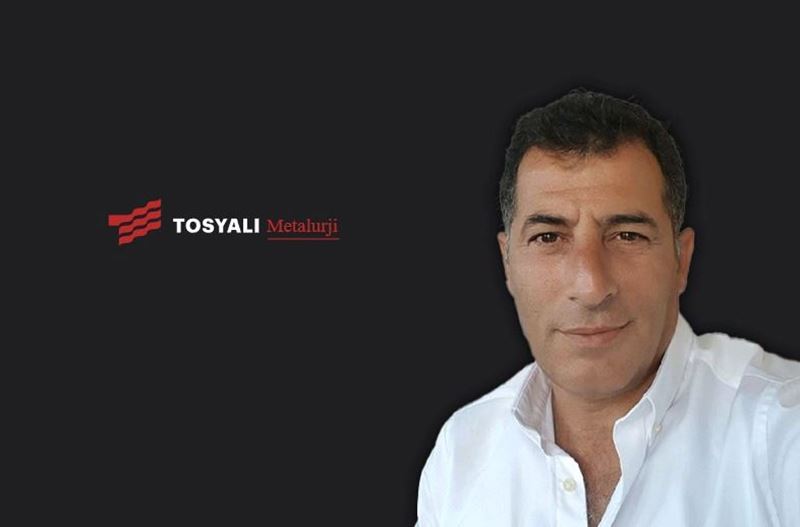The ever-changing landscape of Iran's steel market, marked by price fluctuations, supply constraints, and the influence of global factors, remains a focal point of interest and concern. It also highlights the conditions in local Saudi Arabia and Yemen markets, where relative price stability has been observed in recent months
Challenges and Trends in Iran's Steel Market
The price of Iran's export billets also fell by 0.2% to $475 per ton. In the past four weeks, Iran's export billets have shown more stability in the market. On the other hand, Iran's steel slab exports increased by 1.9% to $473 per ton.
The restriction on the supply of sponge iron with a gas cutoff warning to some steel units from mid-December is a matter that reinforces the intervention of the commodity exchange in pricing.
The government is actively implementing allocation for the purchase of rebar, sponge iron, and billets to control prices. This week, we witnessed restrictions on the supply of rebar to traders and an increase in its price in the market. This trend will affect the future supply of rebar, but it is uncertain whether it will drive up its price, as the price of billets and its demand in the global market is decreasing.
The market for steel slabs and sheets is facing more unstable conditions because the prices of these commodities in the domestic market have reached their lowest levels, and on the other hand, the demand and prices for these products in the global market are declining. The government is making efforts to control prices before the gas supply problem arises. For this reason, it is insisting on both reducing prices and increasing supply. An important factor that can influence the government's policies is the Gaza conflict. The continuation of the conflict would mean a continuation of the downward price trend, but its conclusion will not necessarily lead to price increases because demand needs to return to the market.
Local Saudi Arabia and Yemen markets
During the past two months, October and September, the local Saudi Arabia and Yemen markets have experienced relative price stability in both long and flat products. The average selling price of flat products in Saudi Arabia was $760, while for long products , it stood at $545 for the local industry and $575 for SABIC. In the case of Yemen, there has been an increase in importing activities following the reopening of the Hodeidah port. However, prices have been fluctuating, and the current situation in the country makes it challenging to determine a clear price. Yemen imports long products from Turkey and flat products from Egypt and China.









Comments
No comment yet.